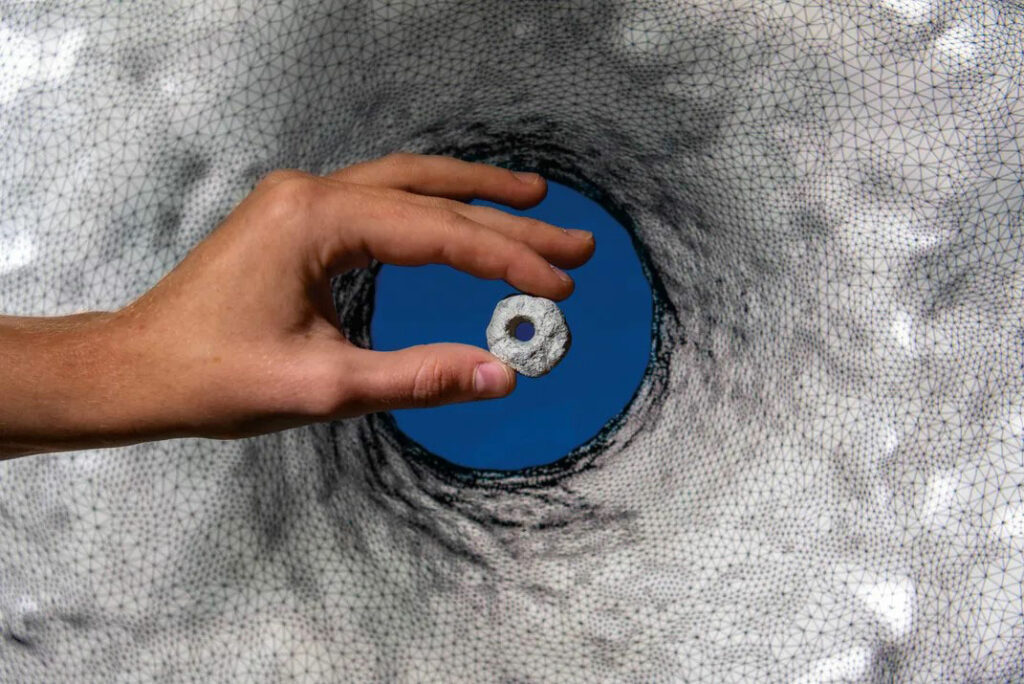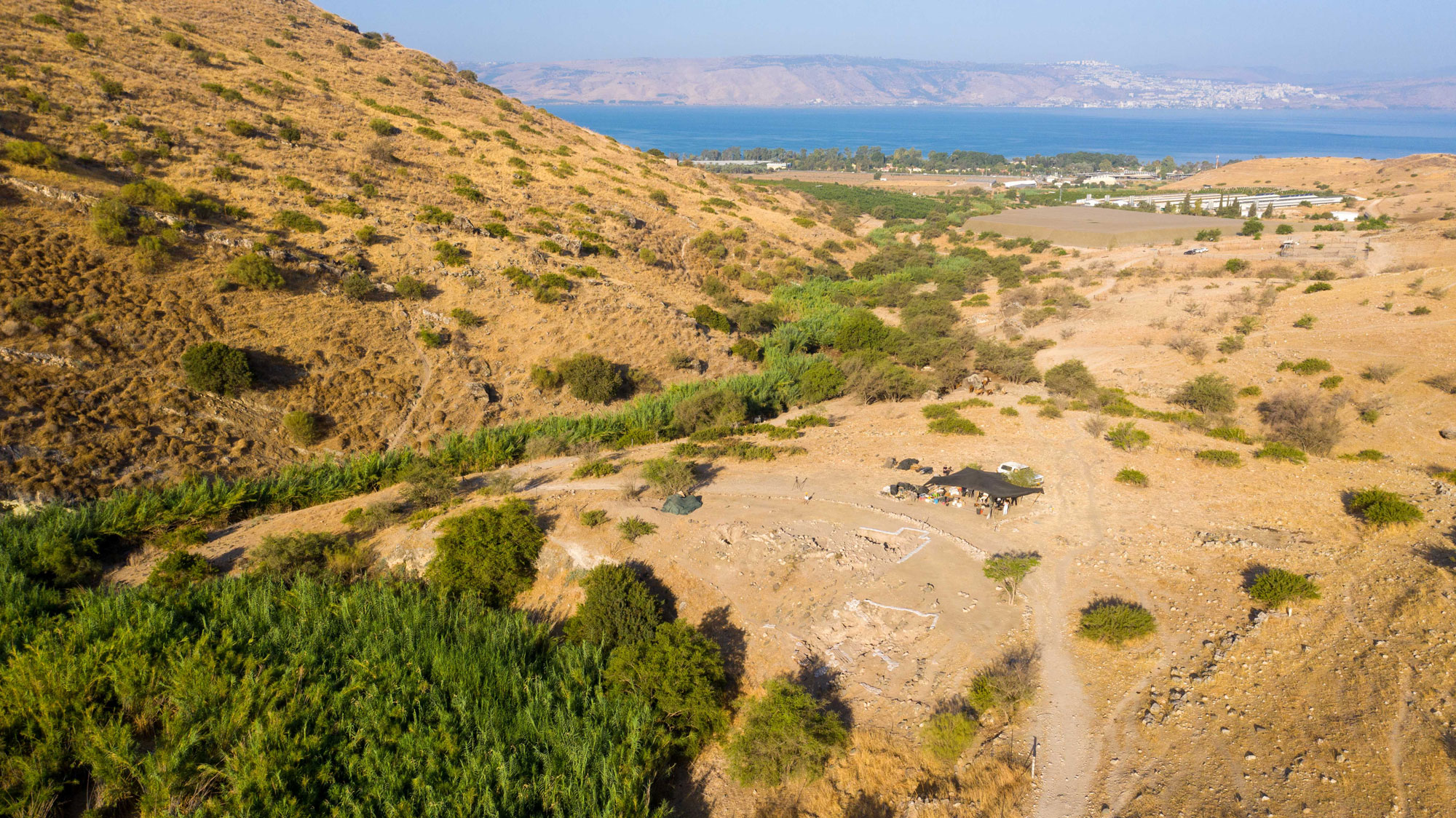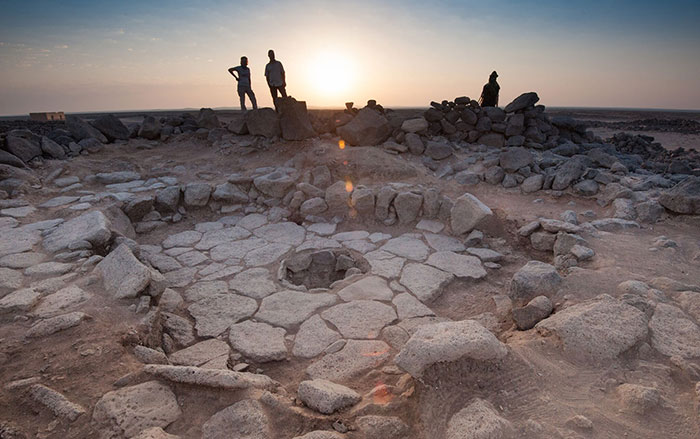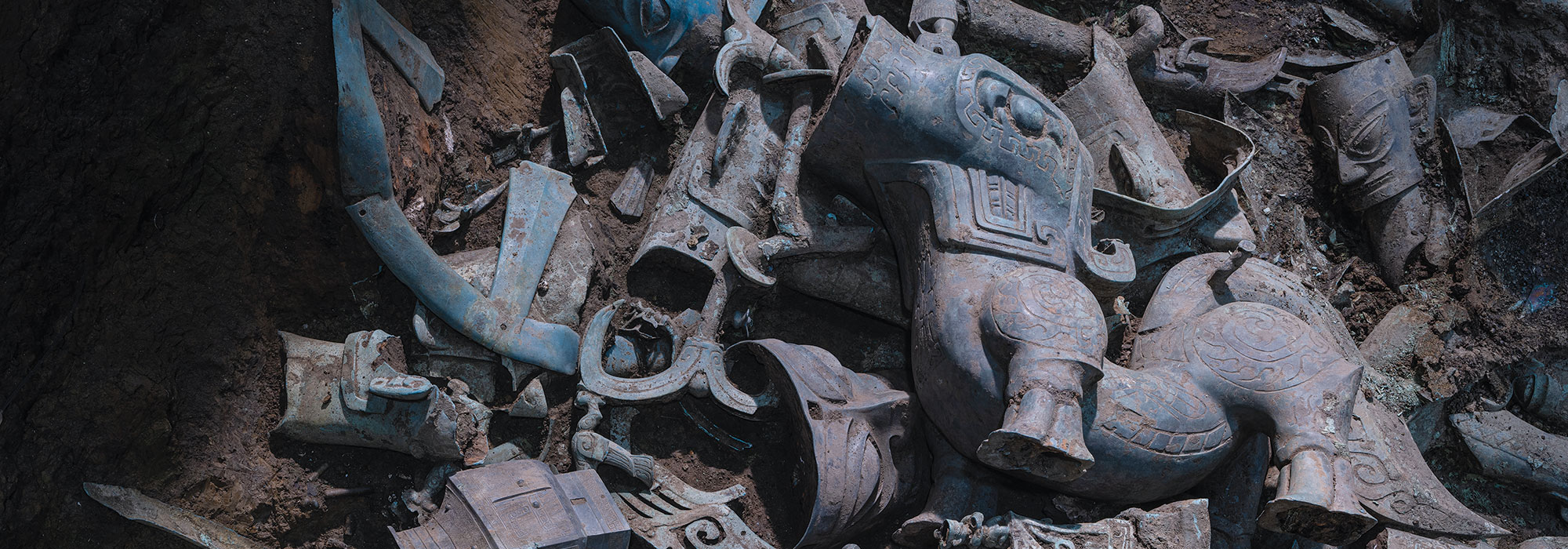
JERUSALEM, ISRAEL—More than 100 perforated soft limestone pebbles uncovered at the early village site of Nahal Ein-Gev II, which is located near the Sea of Galilee, may have been used as spindle whorls to produce yarn or cord some 12,000 years ago, according to a Haaretz report. The village was inhabited by the Natufians, who lived in the southern Levant between 15,000 and 11,500 years ago. Talia Yashuv and Leore Grosman of Hebrew University explained that prior to the invention of the spindle whorl, fibers were twisted together manually in a long and laborious process. In contrast, using a spindle whorl to twist fibers together would have made the task faster. All of the drilled pebbles recovered in the village site were “ugly,” Yashuv added, explaining that they had not been polished or burnished like a bead, and they varied in size. Analysis of the holes in the pebbles showed that each one had been drilled from two directions, so that two flint drill bits would have met in the middle, creating an hourglass shape within the stones. This shape would have kept the spindle element from whirling off, Yahuv suggested. And, when the hole was off-center in partially worked stones, they were discarded, she noted. Because sheep had not yet been domesticated, the researchers concluded that it was unlikely that the villagers were spinning wool with their innovative “wheel and axle” technology. Read the original scholarly article about this research in PLOS ONE. To read more about the Natufians, go to "The First Bakers," one of ARCHAEOLOGY's Top 10 Discoveries of 2018.












